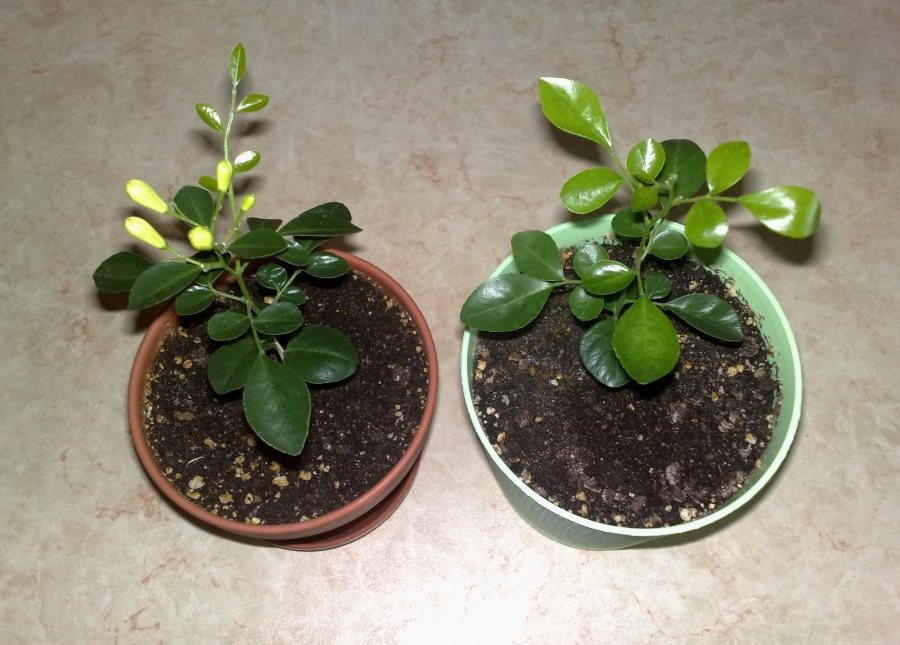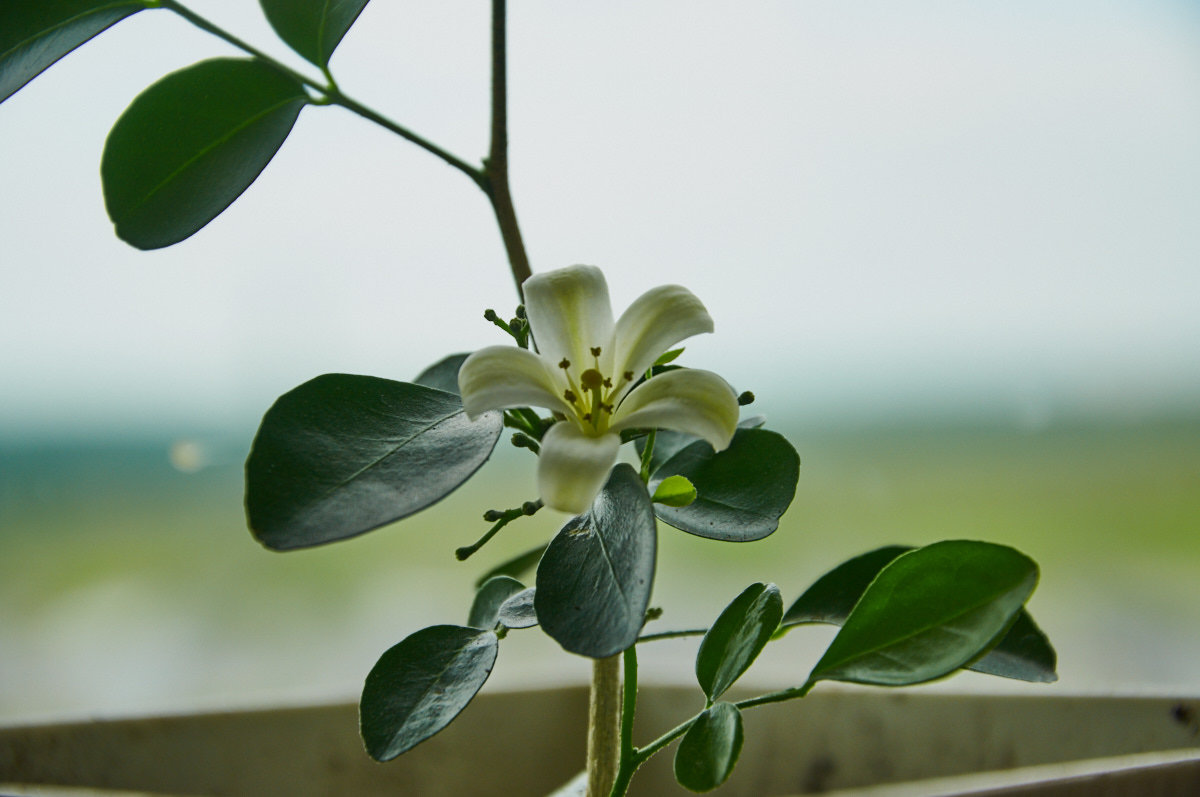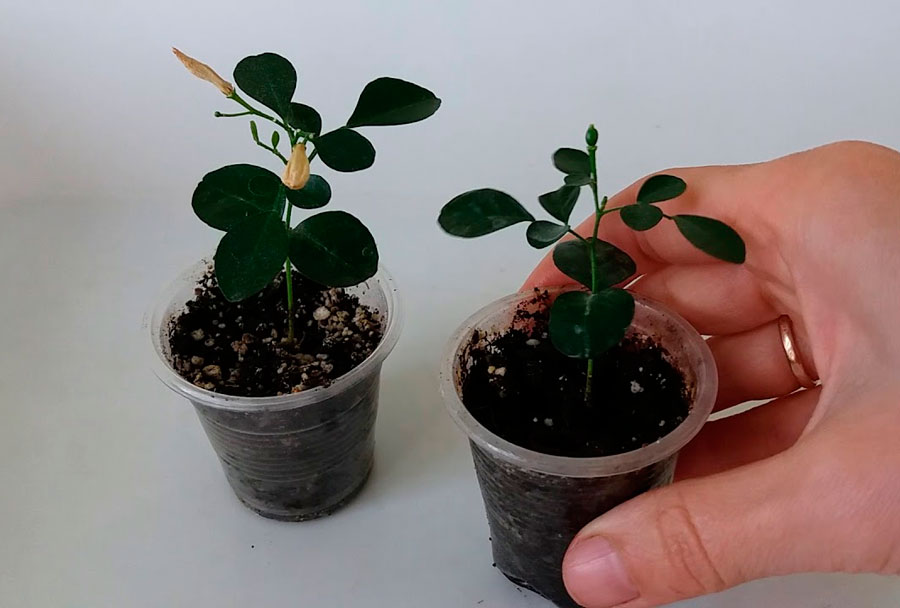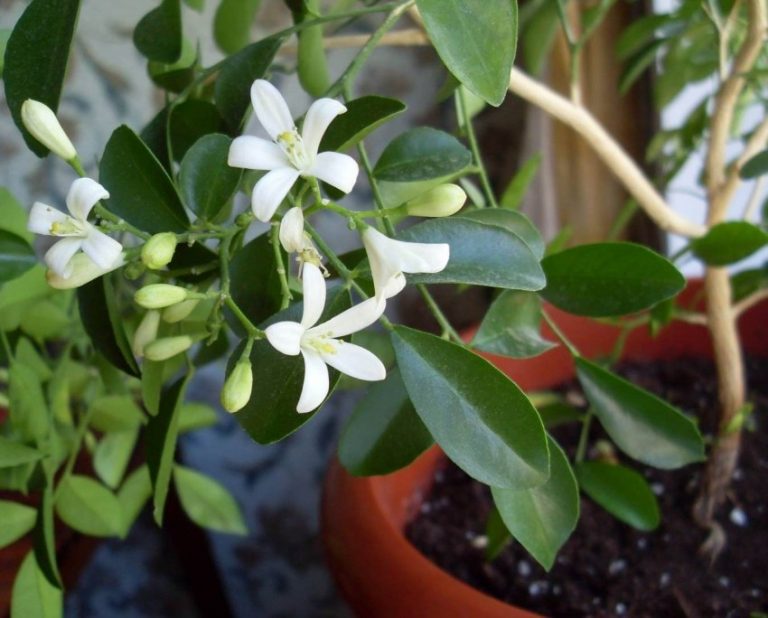Growing murraya at home
Recently, the assortment of flower shops has been replenished with a variety of exotic flowers. One of the exotic is Murraya, or as the people call it - "Murka". Despite the fact that it is considered a capricious plant among gardeners, it is easy to buy it home. After all, if you create the necessary conditions for the "Murka", you can grow a plant that will delight with flowering throughout the year.

Description of the Murraya plant
Murraya is an exotic indoor flower. She seems to be something incredible, because if you provide Murray with care, she is able to bloom amazingly, bear fruit abundantly and delight with a beautiful appearance for all 12 months. At the same time, the murraya bush can be decorated with fragrant flowers and bright fruits. And the dense shiny foliage does not leave indifferent even people who are not fond of growing indoor flowers.

According to one of the eastern legends, during the time of Ancient China, an exotic beauty was cultivated exclusively at the court of the emperor - the plant was considered a magical shrub that brings the owner good luck, financial well-being, longevity, and good health. Ordinary people were forbidden to grow murraya at home - violation of the law was severely punished.
It is interesting! In the days of Ancient China, only the emperor could inhale the delicate scent of murraya. It was believed that the fragrance of flowers allows you to maintain clarity of mind, beauty and contributes to the birth of healthy people.

Everything connected with this plant is shrouded in mysticism and various myths. Separate parts of the murraya were included in the mystical "elixir of life" for the Egyptian pharaohs. They were sure that a few drops of this remedy could bring the mummy back to life. Elixir drops were valued above precious metals, and only the initiated knew the recipe.
Professionals give the following botanical description of the flower:
- Refers to the type of root.
- Indoors, the bush grows up to 70 cm in height and 50 cm in width. The trunk of the plant is flexible, the bark is colored gray-yellow.
- Newly formed shoots are omitted. Smooth in adulthood.
- The leaves are shiny, deep green.
- The flowering period begins at a very young age. Small fragrant buds can be collected in racemose inflorescences, or they can be singly located.
- The fragrance is reminiscent of jasmine.
- Propagated by self-pollination. After that, small green fruits are formed on the bush, which gradually turn red.
- The ripening period is four months. And due to the fact that the ovaries on the bush are formed without interruption, berries, buds and blossoming flowers can be located on it at the same time.This increases the decorative properties of the plant.
- Murraya is capable of blooming throughout the year. But in winter, in low light conditions, it can stop flowering.
- The closest relative of the exotic beauty is the citrus family. Therefore, she has an extraordinary external resemblance to representatives of this species.

Because of its amazing fragrance and relationship with citrus fruits, murraya is often referred to as "orange jasmine".
Murraya types
More than a dozen species of Murraya grow in nature. However, only a few of them are grown indoors.
Murraya Exotic Myrraya Exitica
The exotic beauty is prized for its glossy leaves of rich emerald color. If touched, the flower will begin to exude a tart aroma, similar to the scent of rue. The plant is common in some Asian countries: India, Sumatra, China. Outwardly, it is very similar to a lemon, so they are often confused.

The growth period of an exotic species is long. Murraya Exotica first accumulates nutrients, after which it begins to grow rapidly.
Inflorescences develop within three weeks. They are self-pollinated, outwardly similar to lemon buds. Despite the small volumes of the shrub, the flowers reach large sizes.

From fruits, inflorescences and leaves, you can brew aromatic tea, which has beneficial properties. There is a small stone inside the fruit, and they themselves are completely edible.
Murraya Paniculata
Paniculata is often called Japanese myrtle. This is because the old origin is Japan. It is also called fragrant muraya.

The stems of the plant are covered with elliptical leaves. They are dense, glossy. The shoots themselves are flexible, and in this parameter they are not inferior to the weeping willow.
The period of growth of paniculata is stormy. It is actively developing in height and width. The stems are thin and fragile and should be tied up. Otherwise, the shoots will break.

In the cold season, paniculata pots must be rearranged to a warm place and bright lamps must be turned on regularly.
During the flowering period, lush fragrant caps of inflorescences cover the entire bush. Even a small bud fills the room with a unique aroma and heals the atmosphere.

Unlike other varieties, paniculate murraya begins flowering eight years after planting.
Dwarf
This species is most popular among lovers of exotic indoor flowers. This is a compact, miniature bush, reaching 70 cm.
It blooms already in the first half of life. It blooms all year round, even in winter. On the upper part of the stems, new buds are simultaneously tied, old ones bloom, fruits are formed - this process does not interrupt for a single month.

Infertile varieties
There is a variety of murraya that does not produce fruit. She was bred by a breeder from Australia. They use it mainly in the design of adjoining territories, landscaping the streets. With the help of shearing, shrubs are given various forms, they create original green sculptures that decorate parks or squares.

Growing murraya at home
In order for an exotic beauty to please with her appearance for a long time, she should be properly looked after:
- Murraya is a houseplant that prefers diffused light.
- When placed in direct sunlight, the leaves will begin to turn yellow and crumble. Therefore, it is necessary to create partial shade.
- If you put the container in a dark place, the murraya will stop forming buds and fruits. In this case, additional lighting must be provided.

It is worth choosing the optimal place, and the oriental beauty will thank the owners with a long lush flowering, exquisite fragrance, a healthy atmosphere, and bright fruits.
Landing features
When planting, special attention should be paid to the position of the root - it should not be excessively deepened. This is an important condition for the well-being of an exotic beauty.

To ensure the required level of humidity, a small amount of drainage should be poured onto the bottom of the container - it is necessary for the outflow of excess liquid.
Timing
If high-quality seeds were used during planting, then the first shoots will appear in three weeks.
Soil selection
Exot prefers light, loose, slightly acidic or neutral soil. Since in natural conditions the shrub grows mainly in mountainous areas, it does not need a particularly nutritious soil. The best option for growing orange jasmine is a mixture of turf and humus, mixed in equal proportions. To create a loose structure, a small amount of sand, perlite and vermiculite should be added to it. In addition, ready-made orchid soil is excellent.

Required temperature
An unpretentious shrub does not require a certain temperature regime. In the warm season, a temperature of 26 degrees is considered comfortable, in the cold season it is slightly lower. Therefore, normal room temperature is quite appropriate. In this case, you should ensure that it does not fall below 12 degrees.

In warm weather, it is recommended to put a container with shrubs on a balcony, loggia or veranda protected from wind and precipitation. However, temperature drops, strong drafts have a negative effect on the delicate flowers and foliage of orange jasmine. Therefore, you should protect the tree.
Care features
Watering
Summer is a period of active flowering, so the bush must be watered regularly and monitored the condition of the soil. However, the shrub does not like excessive moisture, so the resulting excess should be drained or a small amount of drainage placed on the bottom of the pot.

It is important! Murraya hates chlorine. Therefore, for irrigation, it is necessary to use only the settled liquid.
With the onset of the cold season, the intensity of watering must be reduced. But do not allow the soil to dry out.
You can water with a watering can - the shrub loves this kind of "bathing".

Top dressing of the soil
During active flowering, orange jasmine should be fed no more than twice a month. Don't overfeed him. In this case, you should carefully study the composition of fertilizers, because "Murka" does not tolerate chlorine. In this case, she can get sick with chlorosis.
But you should not neglect nutrients either - the leaves of orange jasmine will turn yellow, and the fruits and inflorescences will disappear.

During setting and fruiting, it is necessary to apply special fertilizers for citrus fruits. Bonsai bait is also suitable - these contain micro and macro elements in the right amount.
Pruning
Orange jasmine painlessly survives pruning, so its crown can be given any shape. To give the shrub a neat appearance, you should regularly prune new shoots, while leaving skeletal stems. In this case, it is not necessary to remove all the shoots at once - the crown should be formed gradually. It is advisable to carry out the procedure in winter and spring. During this period, "Murka" is actively increasing its green mass.

If the plant is purchased for medicinal purposes, only yellow leaves and old stems need to be removed.
Miniature species do not require regular pruning. But the process itself is going well.
Transfer
During the first three years of life, Murraya needs to be replanted every year. The process should be carried out in the spring, while selecting containers of a suitable volume.
In adulthood, the plant does not require frequent transplantation. It is enough to carry out this manipulation once every three years. At the same time, in the old shrub, it is enough to renew only the top layer of the soil.

The transplant looks like this:
- A small amount of drainage must be poured into the bottom of a container of a suitable size. 1/4 of the total volume of the pot will be enough.
- Next, you need to fill in a suitable soil, filling half of the tub with it.
- The orange jasmine should be removed from the old container by shaking off any remaining soil from the roots. If there are damaged roots, they must be carefully trimmed.
- The flower should be evenly placed in the prepared pot. Then fill the resulting voids with soil.
- The last stage is watering the "murka".

In order for the plant to take root better, after transplanting, you can put on a plastic bag and put it in a semi-dark place for three days.
Photos can help you understand the question of what kind of care is required at home.
Propagation of murray by cuttings
Of course, it is easier to grow a plant from seed. But it can also be propagated by cuttings. It should be borne in mind that this is how the "murka" takes root somewhat worse.
As professional gardeners note, out of ten planted cuttings, only a few take root.

The grafting procedure takes place in several stages:
- First you need to prepare the cuttings. To do this, carefully cut off the upper parts that have not yet been overgrown with coarse bark. You need to choose twigs with two or more leaves. If the plates are large, they should be trimmed slightly.
- The next step is soil preparation. It is necessary to mix in equal proportions sand and peat. After that, the finished substrate must be poured into a container and thoroughly moistened.
- The lower part of the cuttings should be dipped in a special root formation stimulator and planted. The planting should be moistened again and covered with a plastic bag.
- A homemade greenhouse should be placed in a warm place, periodically watering the plants.
- Once they are rooted, the cuttings can be planted in separate pots and tended like an adult shrub.
Useful properties of the plant
In the countries where Murraya grows naturally, local beauties often use the buds as hair adornments.
Orange jasmine petals are indispensable in many condiments, as curries are made from them.

Freshly picked shoots and fruits are used in the preparation of medicinal decoctions, tinctures. They contain a large amount of useful substances, so ready-made preparations are used to strengthen the walls of blood vessels. Inhaling the aroma of inflorescences is recommended for angina pectoris. It also normalizes sleep, calms the nervous system.
Antioxidants have a stimulating effect and help fight fatigue.
Experts advise to put a pot with a flowering tree on the desktop or place it next to a baby's bed - the phytoncides secreted by the plant stimulate brain activity, cheer up, and prevent the development of viral diseases.

Diseases and pests
Despite the fact that the exotic shrub is quite unpretentious, some difficulties in keeping it may appear:
- Yellowing and dropping of the lower foliage. This is the natural process of plant rejuvenation. This is how it gets rid of old leaves. You can help the "murka" by deep pruning the shoots.
- Dryness at the edges of the leaves. Indicates that the bush has received burns. To prevent the appearance of this, it should be placed in a darker place.
- Yellowing of foliage. This is how Murraya signals a lack of nutrients. In this case, feeding with suitable fertilizers will help.
- The foliage is light green. Another signal of depletion or insufficient watering. Orange jasmine needs to be fed and placed in a dark place.
- Rotting of the root system. This indicates the occurrence of a serious disease - root rot. It can be cured only in the initial stages. To do this, it is necessary to remove all affected parts of the shrub and rinse the roots with a fungicide. Then transplant the murraya into fresh soil.

Some pests can also cause significant damage to health. These include: aphids, mealybugs, whiteflies, thyroid glands. You can get rid of pathogens with the help of various insecticides.
A beautiful shrub that blooms all year round not only looks spectacular. It is able to fill even a large room with a unique fragrance. In addition, Murraya has at all times been considered the talisman of family well-being, and the person who inhaled the scent of her flowers had good health and had intelligent offspring.
VIDEO: How to take care of a muraya at home.





